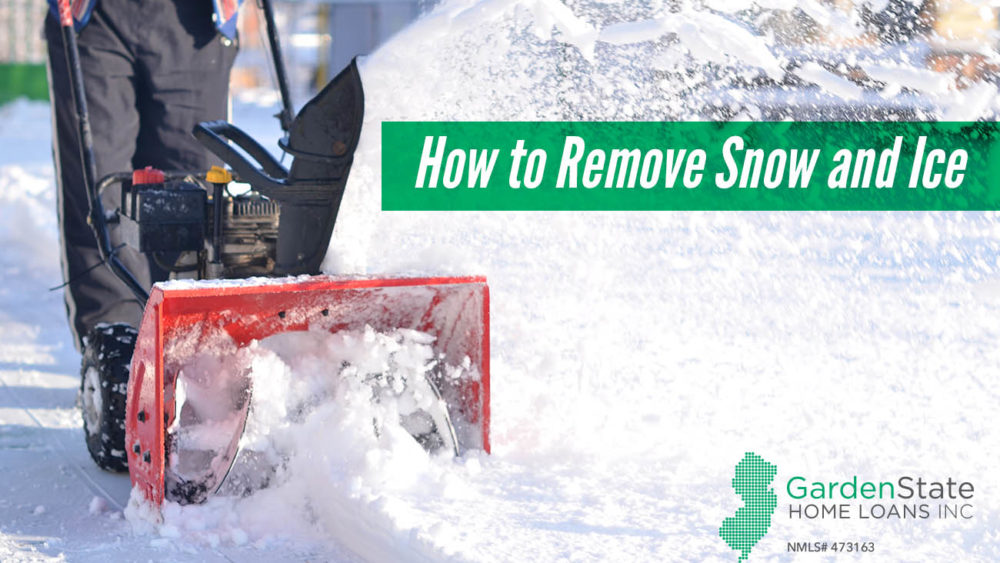Snow and Ice Removal
As colder weather sets in, the threat of snow and ice starts to build. Here’s how to remove snow and ice to make your driveway safer.
-
Before the snow
Before the snow comes, drive stakes around any plant beds near your driveway. This gives you an idea of where to stop shoveling so you don’t damage your plants. To protect your property from ice and snow buildup, use a liquid magnesium chloride blend a few hours before the storm hits. Use a garden sprayer to apply the blend. The magnesium chloride blend can melt slow accumulations of less than two inches and can keep ice from bonding to surfaces.
-
Look for a shovel
A shovel should have a lightweight plastic or aluminum blade that’s coated with a nonstick finish. The blade shouldn’t be too big, to avoid the temptation to overload the shovel. An S-shaped shaft is the best to avoid bending too much and hurting your back. Metal blades shouldn’t be used on softer materials, such as wooden decking. A pusher is best for clearing lightweight, fluffy snow.
-
Don’t wait
Don’t wait for the storm to be over to begin shoveling. Keep shoveling as the snow is falling to avoid having to remove tightly packed snow. In addition, shoveling while it is still storming makes it so the snow can’t bond to any surfaces. Continuously removing snow also prevents ice from forming, as the sunlight gets an opportunity to warm up the pavement.
-
Snowblower
Snowblowers work well to clear large, flat areas. Make sure to spray the exit chute with silicone to keep the snow from sticking before each use. After you are done, let the machine run for a few minutes to allow it to dry out. This prevents any vital parts from freezing and getting damaged.
-
Pick the right deicer
To melt ice, you need to choose the right deicer (salt). Rock salt is cheap and works at temperatures above 12 degrees. However, it is tough on grass and can eat away at concrete. Magnesium chloride and calcium chloride are two other forms of salt that you can use to help melt ice. They cost more than rock salt, however, they are less harsh than rock salt and work at much lower temperatures. Be sure to wear gloves when spreading any salt by hand. Use a handheld spreader for larger areas. To store deicers, keep them off the floor and keep them dry.
-
Traction
If ice has already formed, it’s a good idea to lay down something to add traction. Sand or kitty litter works well to add traction to any slippery surfaces.


Comments are closed.